The Dynamics of the Race Car
1
“The dynamics of the race car is one of the most fascinating yet poorly documented of disciplines. There are a multitude of theories of what’s important, what makes a race car fast and how it all works. This book will attempt to address this and put some hard numbers to why the race car does what it does.”
2
“The other origin for this book has been my experience writing for Racecar Engineering. The reactions to the articles that I have written have ranged from wow this is really good, too my word this man is a lunatic.”
Where to begin . . .? On the one hand, this book is so hyper specialized that a peer-level review of its intricacies is beyond our pay grade. On the other hand, we do have a big-picture grasp of the field and, more relevant to the SpeedReaders MO, remain current with the important publications and practitioners.
But let’s get some preliminaries out of the way first: you do not have to be a Crew Chief or even only a civilian interested in seeing what makes race cars go faster/handle better to get something out of this book because vehicle handling—and not just cars, for that matter—involves principles and forces that have application in even your daily driver. Just think oversteer/understeer.
That said, an author has to pick his audience and then structure his delivery to that segment. Meaning, the pace and scope of this book presuppose that the reader is familiar with the nomenclature and conventions and the math, and, ideally, already is or is on the way to being a practitioner in the field. So, if “pitch center height from the ground” or “rotational moment of inertia about the z axis” are not part of your cocktail party chatter, prepare to strain the ole noggin.
If you are a reader of motorsports engineering magazines you must have noticed Nowlan’s name as a contributor before. If you work professionally in motorsports on the handling/engineering side—no matter what series—you would be familiar with his ChassisSim simulation software suite. If you live in a big enough city you may have attended his Racecar Simulation Bootcamps.
A trained aeronautical engineer from Australia, Nowlan has had an interest in/obsession with finding ways to capture data and use it to model stability-related behaviors ever since his first gig, however short-lived, as a data analyst fatigue-testing the F/A 18 Hornet jet. Right around that time, incidentally, one of the benchmark books in this field was published, Bill and Doug Milliken’s Race Car Vehicle Dynamics. It left no stone unturned, and if you have it you may wonder what a new book could possibly have to offer since the universe is still subject to the same physics. (RCVD does contain a nifty chapter about the history of Vehicle Dynamics that really should be essential reading.) Well, there is no simple answer to that except to say that Nowlan looks at fewer “moving parts” (tires, suspension, springs/dampers/and related) but at a different level of magnification and with a very immediate application to solving real-life everyday track-side problems. Also, he discusses at length the Pogo Stick visualization of the race car, a model he first articulated in his Masters Thesis. Further, Nowlan makes no bones about his frustration with what can best be described as a lack of rigor among his colleagues, especially on the academic side. (“Anyone who thinks they have a perfect tyre model is either seriously deluded or should be locked up . . .”)
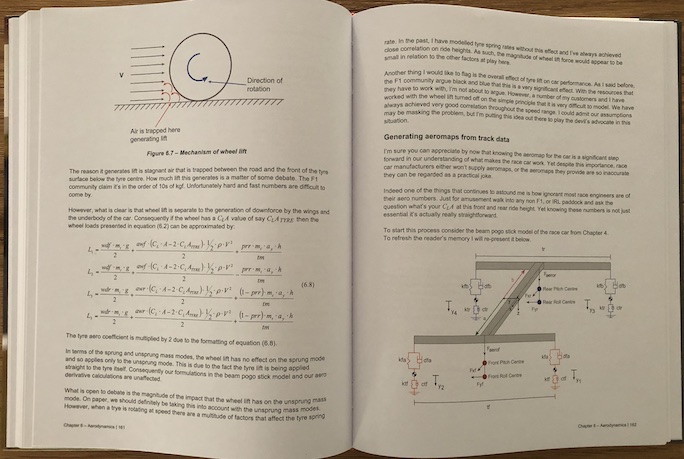
Not to scare anyone off, but there’s hardly a page in the book that’s not bristling with heavy-duty science.
That Nowlan is on the cutting edge in his field and ChassisSim Technologies a mission-critical factor in countless race teams elevating their game is not in question, but if you reread the introductory quotes above and ponder syntax, punctuation, and spelling you’ll come to the inescapable conclusion that flogging language is not his forte. If you are sensitive to such matters, pretty much every page here will yield a new affront.
While this hardcover came out in 2019 it carries a 2010 copyright, which is about the time Nowlan started bringing this sort of content “to the masses,” specifically, launching a YouTube channel called Dan’s Vehicle Dynamics Corner. It’s still up so check it out.
Copyright 2021, Sabu Advani (speedreaders.info).


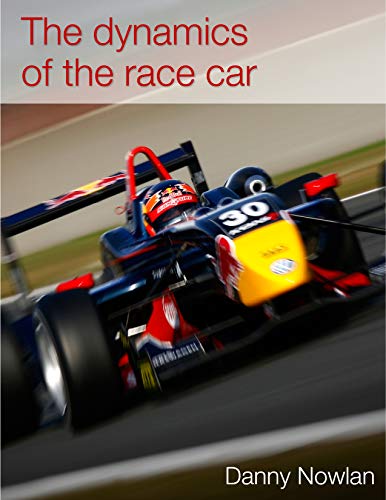
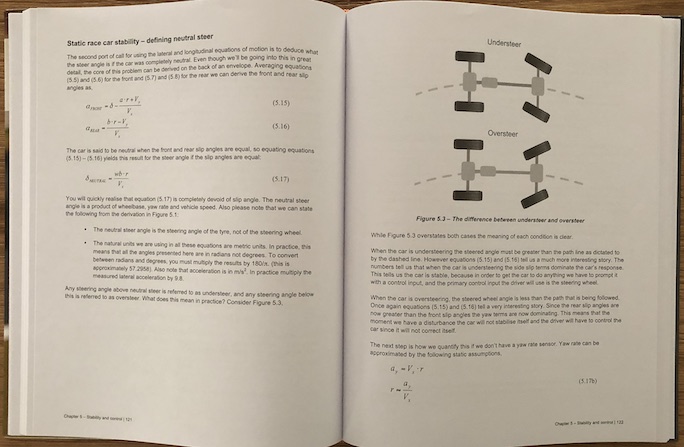
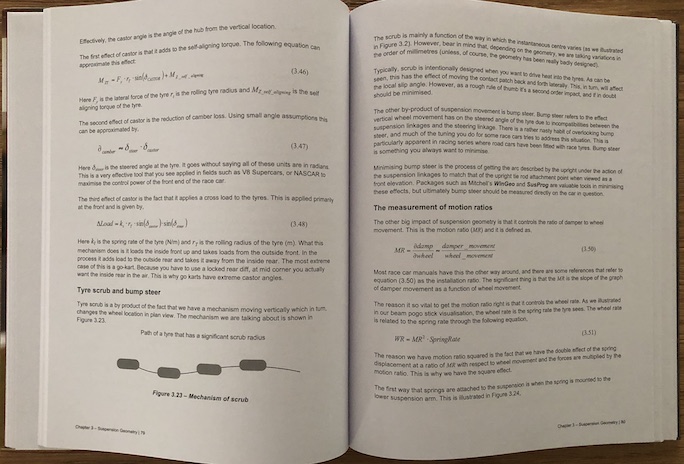
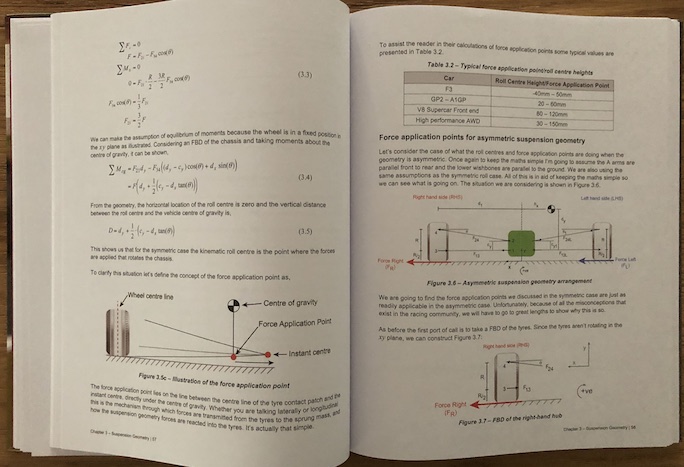
 RSS Feed - Comments
RSS Feed - Comments
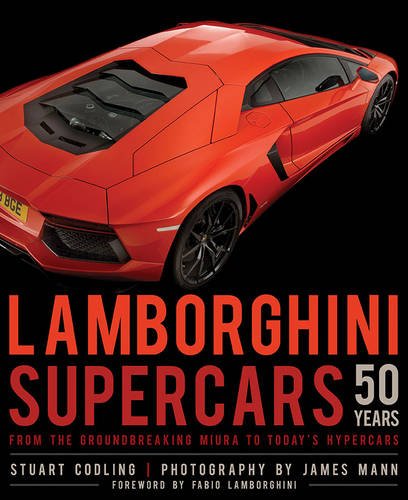
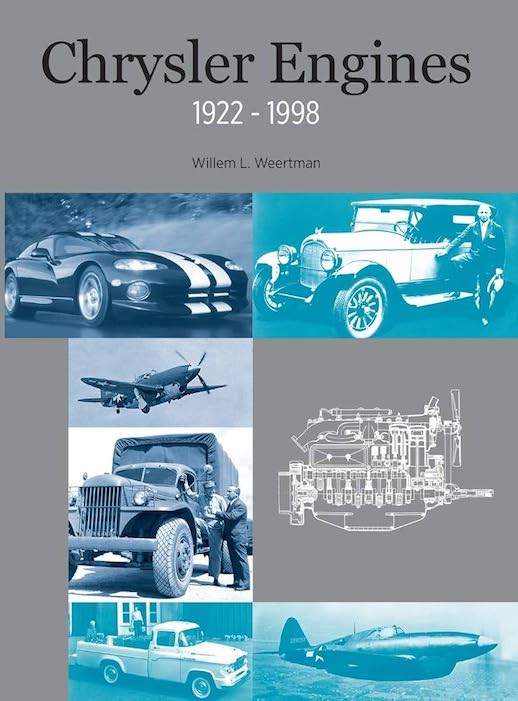
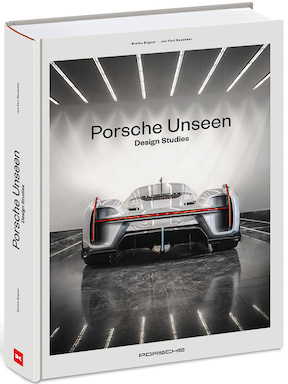
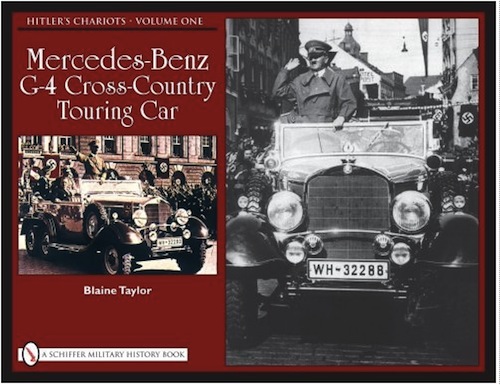



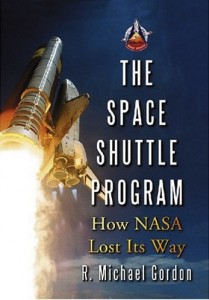
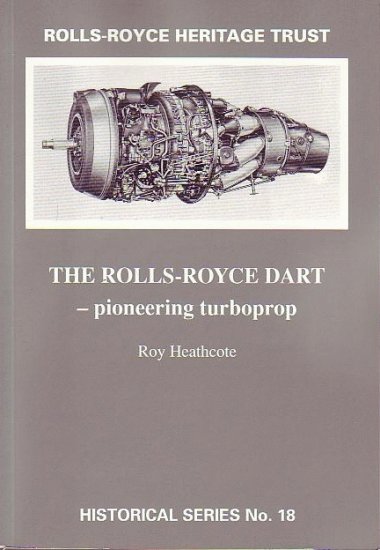
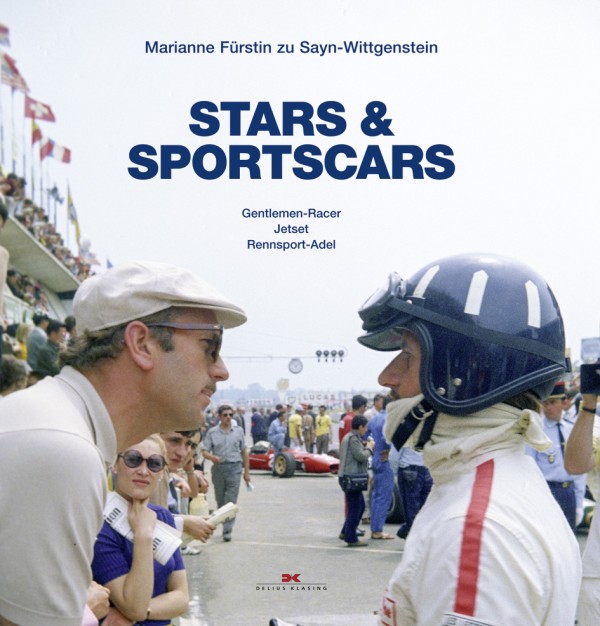


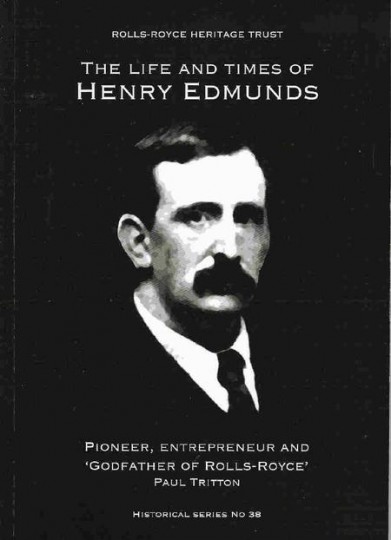

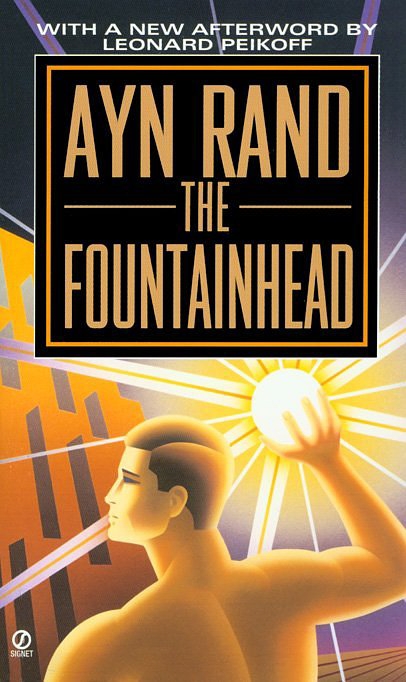
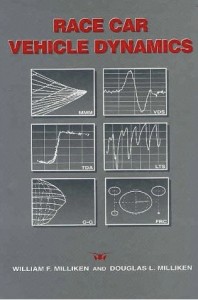
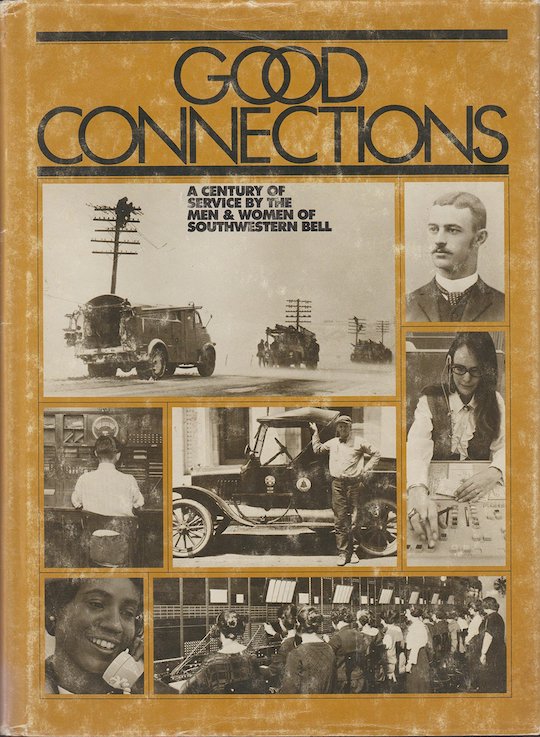
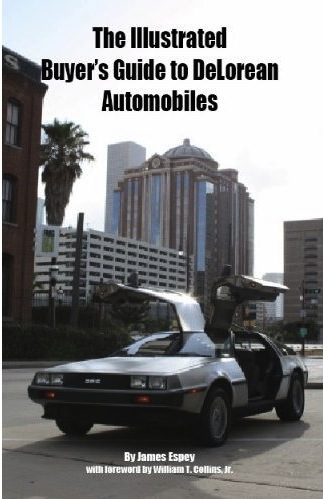
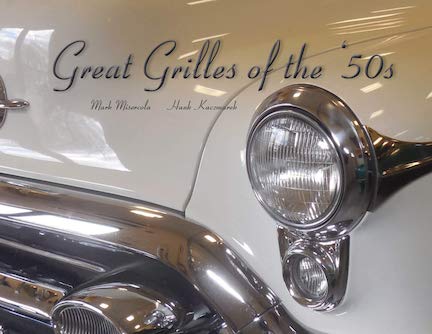
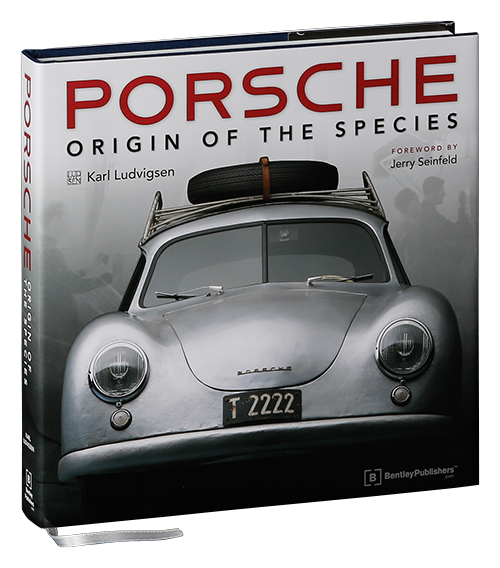


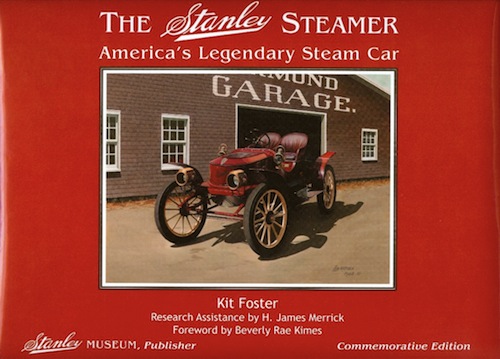
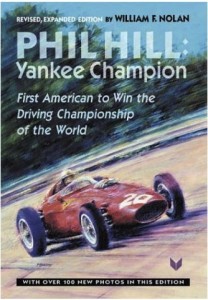
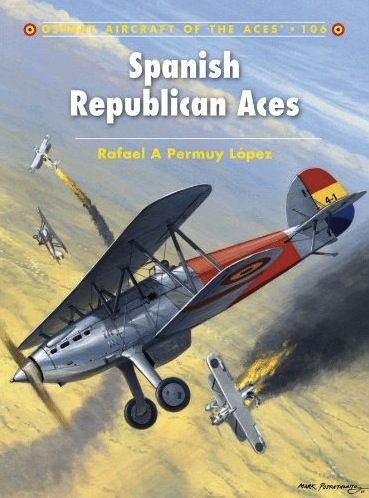

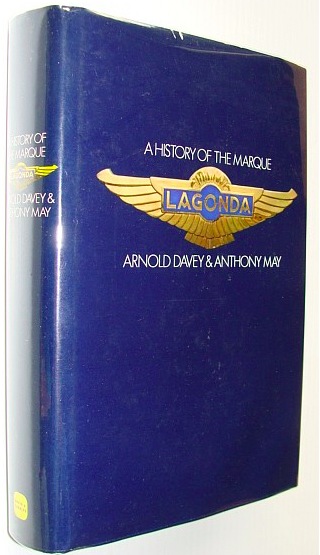
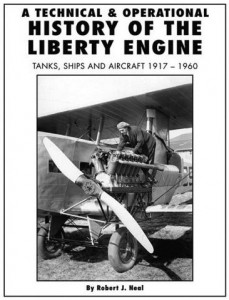

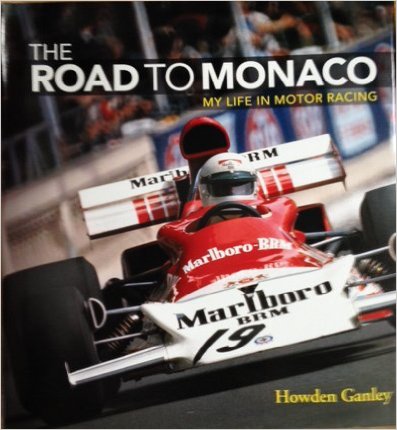
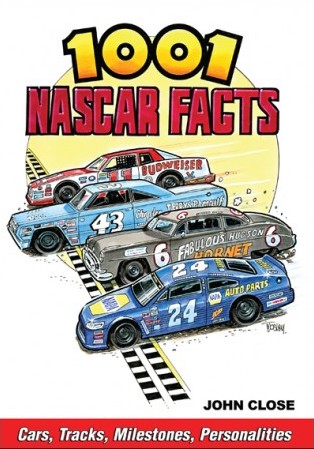
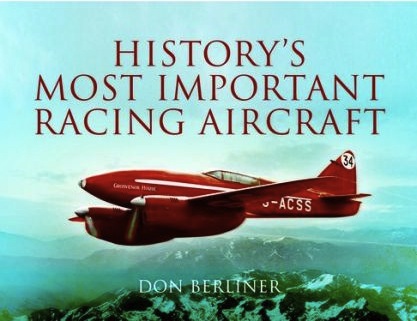

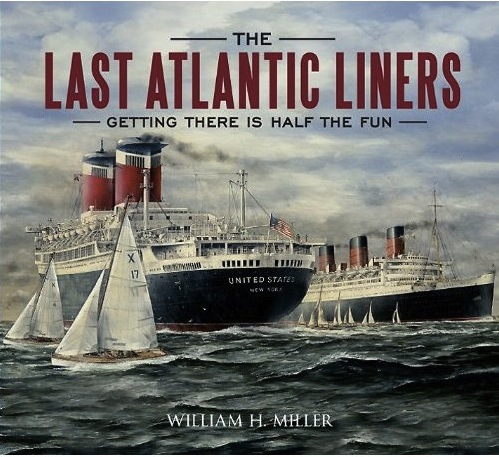
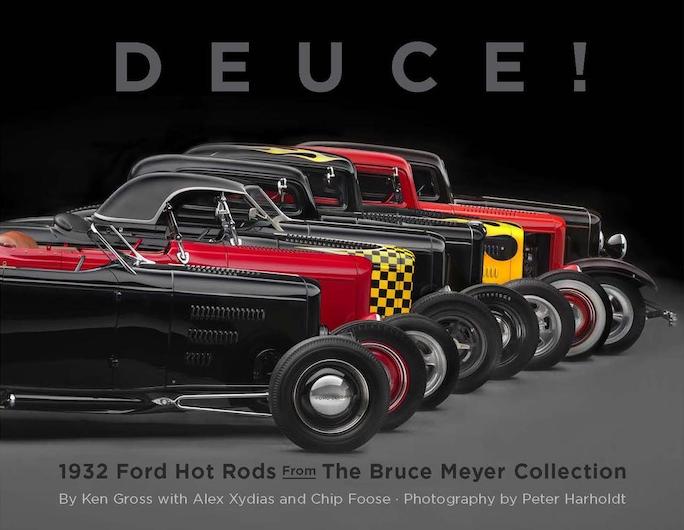
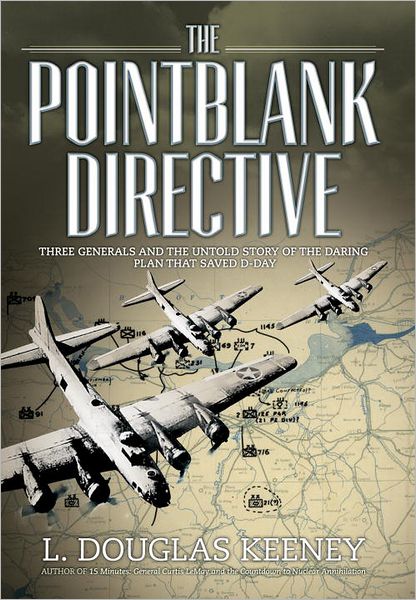
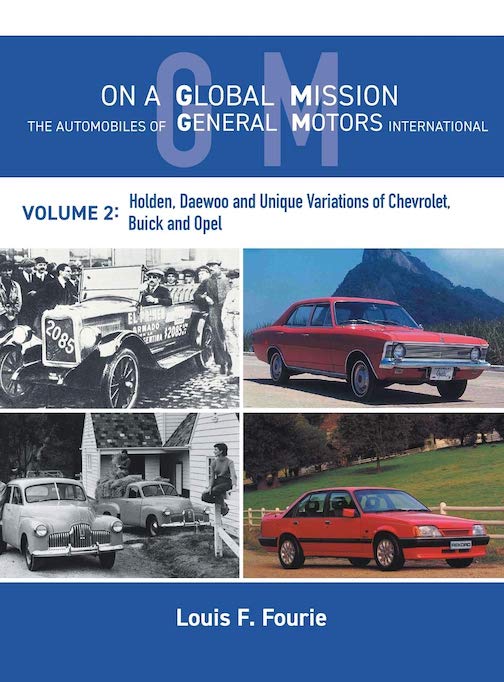



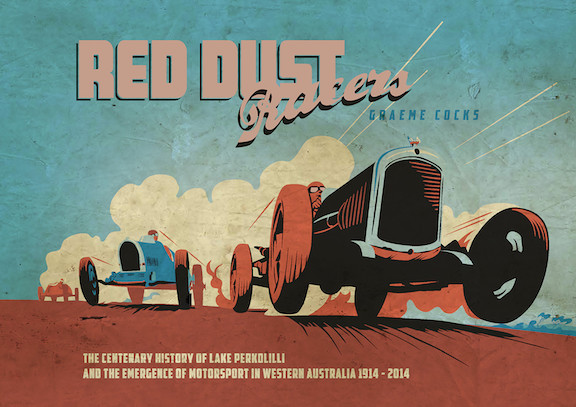

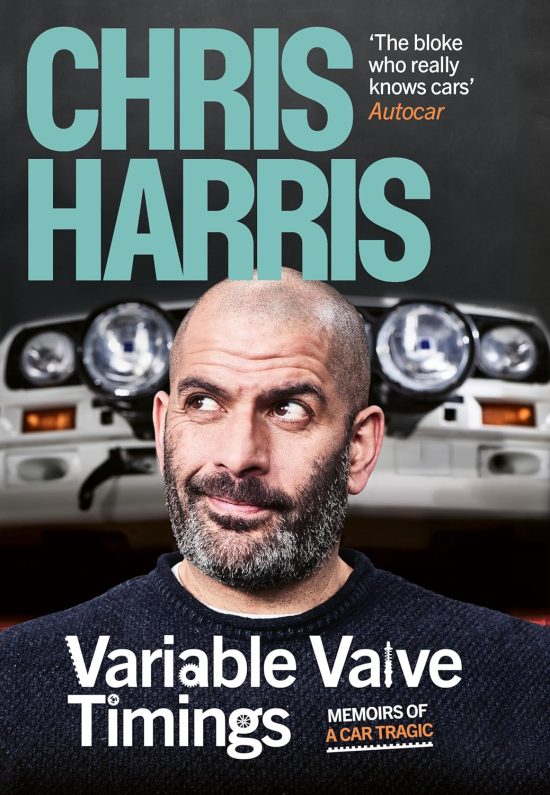
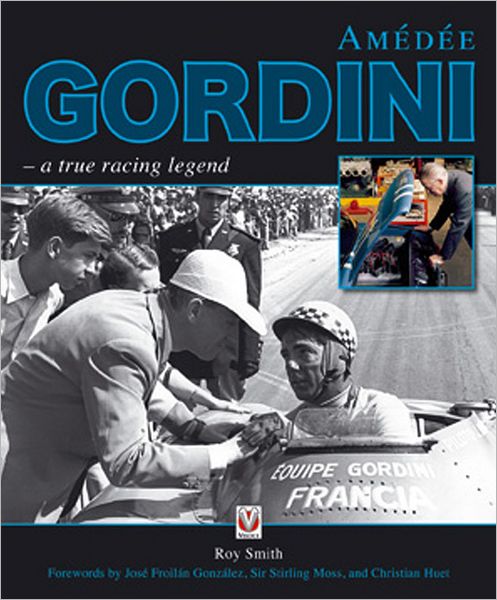
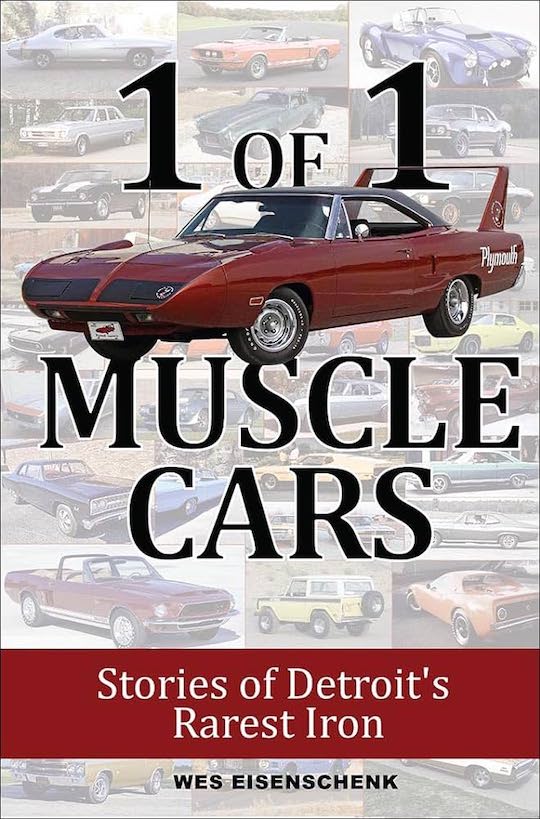
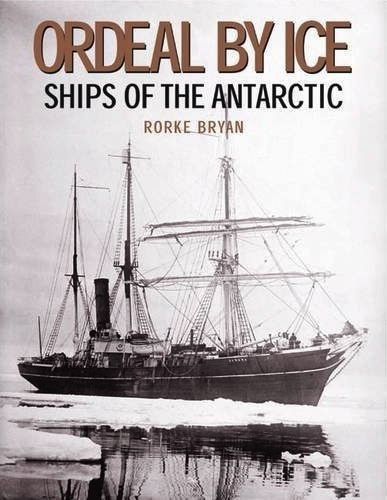


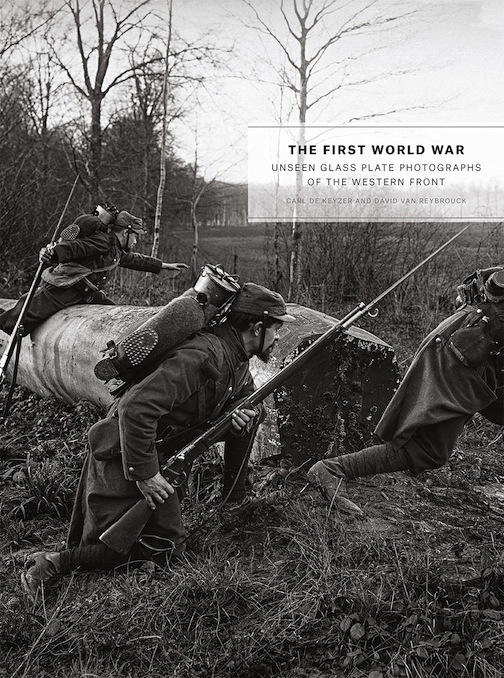


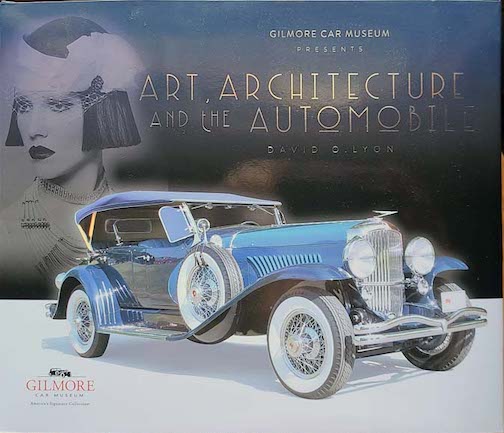
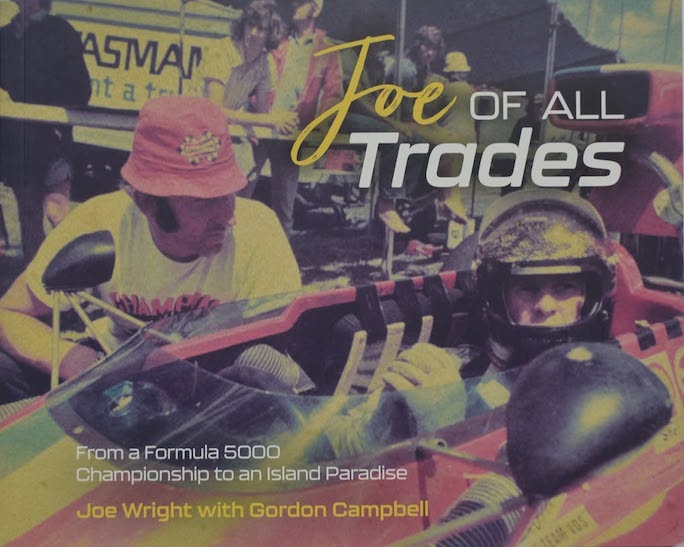
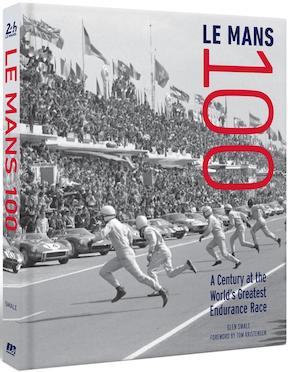
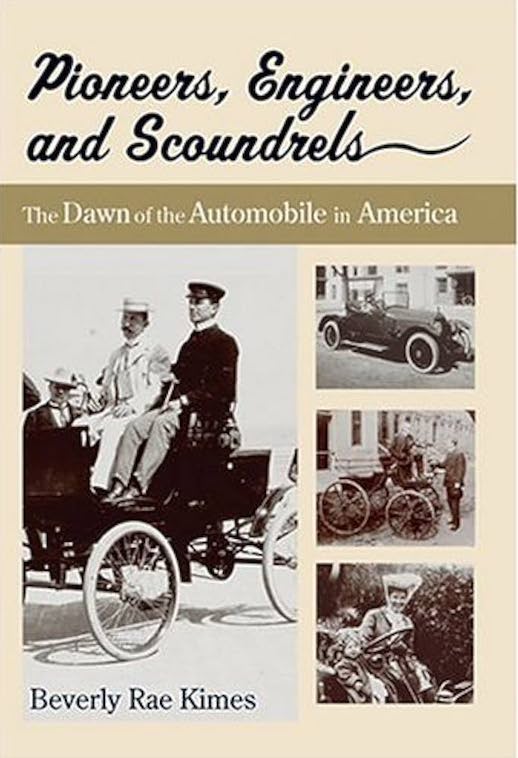
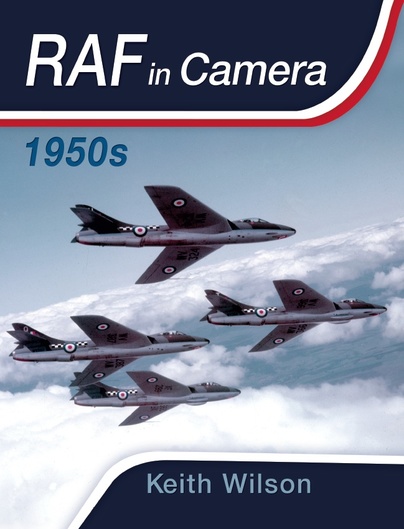
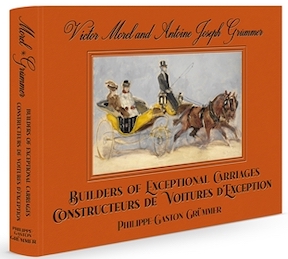
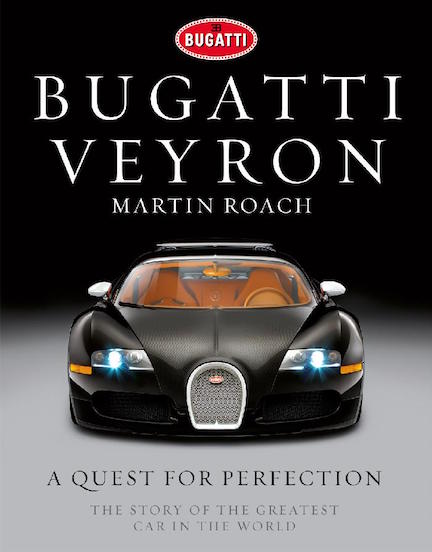
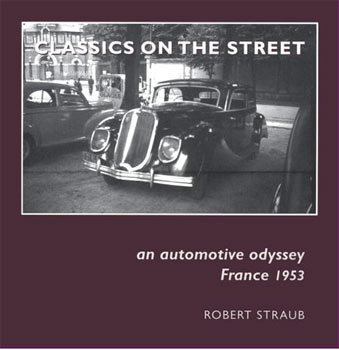
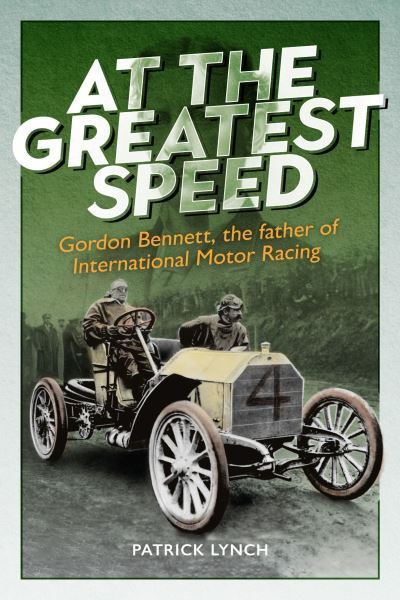
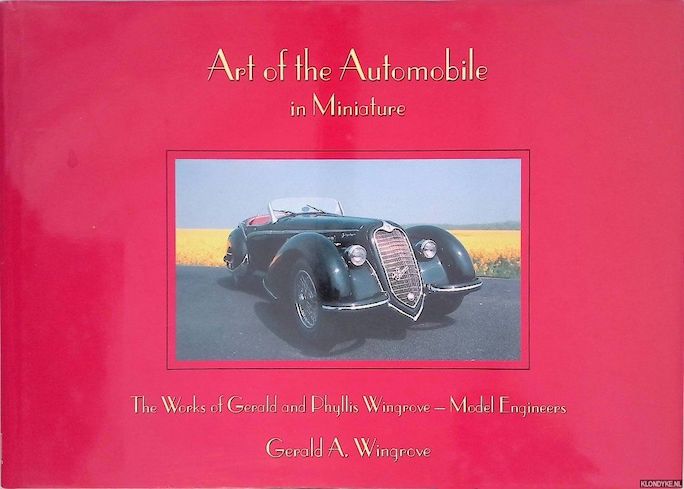



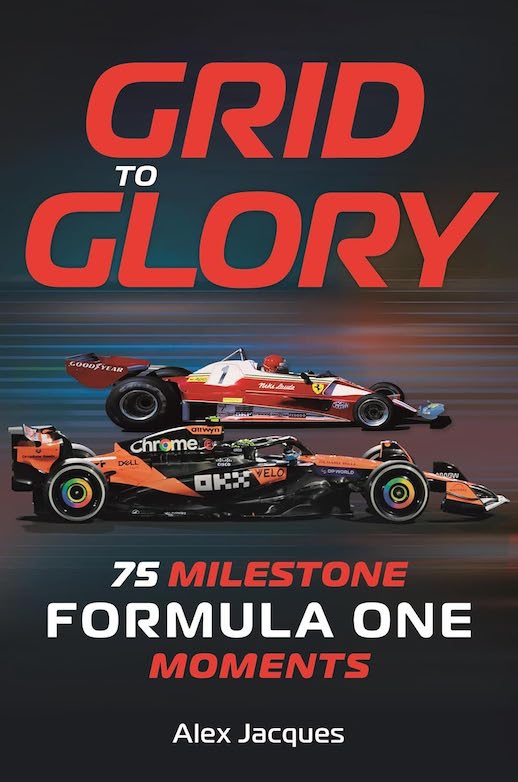
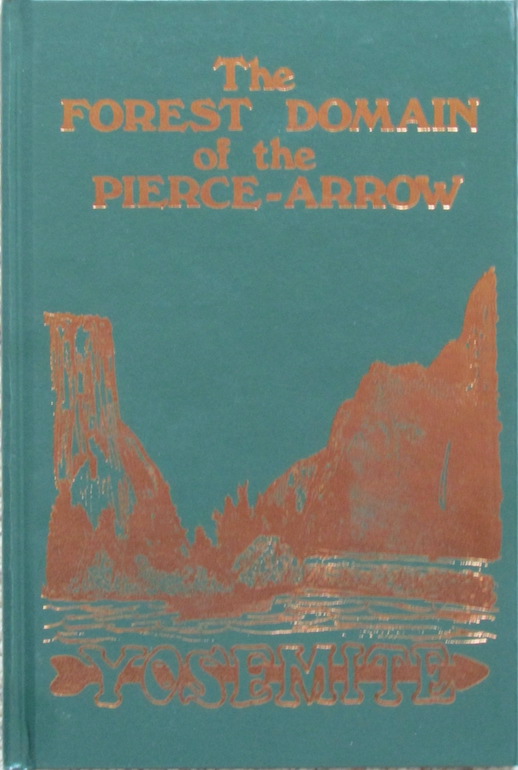




 Phone / Mail / Email
Phone / Mail / Email RSS Feed
RSS Feed Facebook
Facebook Twitter
Twitter